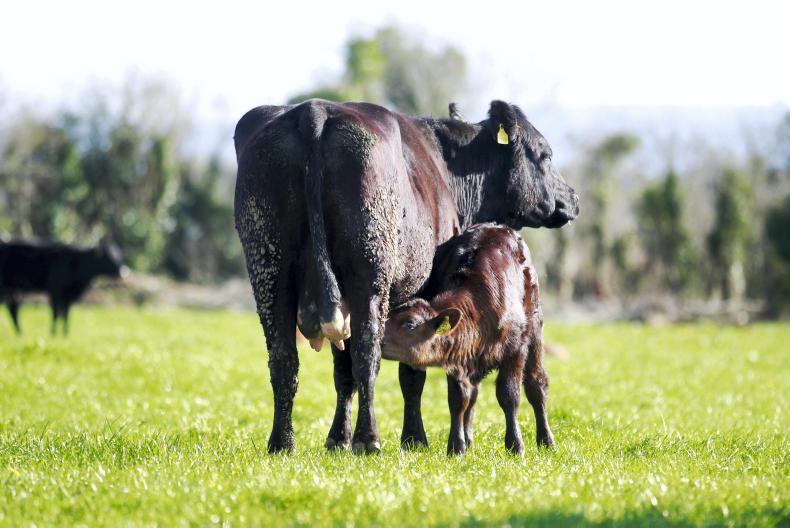The next three months will be one of the most important periods in the suckler farm calendar, as the annual breeding cycle starts again on many farms. Genetics and fertility management have a huge influence on many other areas – like cashflow management, health, grassland management and managing labour. If breeding goes wrong through poor conception rates or an infertile bull, it can take years to get back to where you started and can have severe financial implications for the business.
While breed choice and bull choice will always generate robust discussion among farmers, breeding management is less commonly discussed and it’s arguably more important.
Having cows at the correct body condition score (BCS 2.5-3.0) at breeding is critical to achieving high conception rates during the breeding season. Cows should be on a rising plane of nutrition – in other words, good-quality spring grass. Dates should be set for bull introduction or start of AI and also the target finish date. If the calving spread is prolonged, start by easing back by a week or two. Don’t try to shorten it in one year, as this will lead to high empty rates.
Keep accurate records during the breeding season, especially with newly purchased young stock bulls. If there are issues, good records can help solve the problem early. Health management is also vital to ensure maximum success at breeding. If you are vaccinating the herd for BVD and lepto, it’s important that all animals are vaccinated including stock bulls prior to introduction to the herd.
In this focus, Matthew Halpin profiles the top replacement index AI bulls available to farmers this spring. We look at some important points in purchasing a stock bull. Ciarán Lenehan looks at how farmers could manage more AI usage through some simple changes in fencing and we take a look at whether synchronisation is an option for the suckler herd.






 This is a subscriber-only article
This is a subscriber-only article










SHARING OPTIONS: